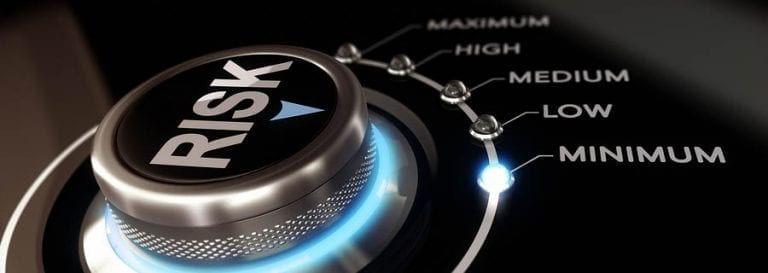Despite its exotic name, suggesting it is only present in far-flung parts of the world, Legionella pneumophila bacteria has a well-established presence in so-called first world countries as well. Between 10,000 and 18,000 people in the United States alone are infected with Legionella every year. That is why determining the correct legionella risk assessment frequency can be very important and ultimately save lives.
Legionella bacteria causes several diseases, including Legionnaires’ disease and Pontiac fever. These diseases are collectively known as legionellosis. Legionnaires’ disease is a form of atypical pneumonia, which starts two to ten days after the patient has been exposed. There is no vaccine against it, and the disease is treated by antibiotics and the mortality rate is at about 10%. It was named so because the first outbreak in the United States was recorded during a 1976 American Legion convention in Philadelphia. 221 people were hospitalized, and 34 of them died.

Source: Legionella Control International
Pontiac fever got its name from Pontiac, Michigan, where it was first observed. In the United Kingdom, it is known as Lochgoilhead fever. Not as lethal as the Legionnaires’ disease, Pontiac fever’s symptoms resemble influenza. Neither of these two diseases is transferable from person to person. The Legionella bacteria can enter the human organism through water we drink. Water tanks and reservoirs are its primary breeding grounds. Cooling towers of large air conditioners are also a potential risk since bacteria can also be aspirated. Most people can be exposed to Legionella without becoming ill, but those unfortunate enough to contract the disease have one chance in ten of dying.
Many countries, the United Kingdom included, have regulations dictating mandatory legionella risk assessment frequency. In the UK, this isn’t mandatory just for business, but for landlords and duty holders as well. The risk assessment can help you identify potential threats and deal with them before they become a problem for you or your employees and clients.
One of the companies that deal with legionella risk assessment is Legionella Control International, found at legionellacontrol.com. They deal with every facet of the risk assessment process and are world leading legionella risk assessment consulting firm. They offer a full range of services, including training and Legionella testing. The company also offers a DIY testing kit, which is a budget-friendly solution for smaller companies and home systems. These are easy to use, require no training and display easy to understand results.

Source: watertreatmentservices.co.uk
Before the 2013 changes, the regulations recommended testing water systems for Legionella at least once every two years. This included both hot and cold systems and cooling systems as well. New regulations are stricter, yet they fail to specify the exact interval of testing, only saying that has to be conducted “regularly.” Since the regulations are vague, it is even more important to have a proper assessment, since “regularly” can be open to interpretation.
Regardless of how recent the risk assessment has been done, there are instances where a new assessment is mandatory, s prescribed by the law. These instances include:
- When the site’s population falls within the high-risk category – for example, the elderly or those with an impaired immune system
- When changes are made to the water system, pipework or assets
- When the water system has had a change of use
- When new information is published with updates to recommendations and procedures
- When current monitoring and management processes are no longer proving effective
- When a Legionella outbreak is suspected or positive samples are recorded
In any of these occurrences, you are legally obliged to have a new risk assessment conducted for the premises. This may sound like a chore, but obeying these regulations can save someone’s life in the future, not to mention disobeying regulations carries a hefty fine.

Source: fluentpro.com
One of the most effective ways of controlling the legionella bacteria growth is the water temperature in your systems. Temperatures between 20 °C and 45 °C are bacteria’s preferred range, with the ideal point being 37 °C. A log book with recorded temperatures inside the system can help you (or the experts you hired to conduct the risk assessment) determine the optimal measures that need to be taken in case of an outbreak.
